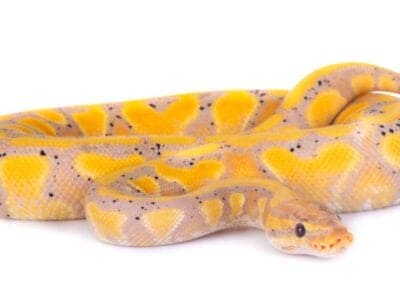Below you can find a complete list of Ugandan animals. We currently track 261 animals in Uganda and are adding more every day!
The African country of Uganda is a treasure trove of unique wildlife. The African bush elephant, the mountain gorilla, the African lion, and the Cape buffalo are some of the most well-known animals living there. Furthermore, there are 142 reptile species, 501 fish species, 86 amphibian species, 345 mammal species, and 1,020 species of birds in Uganda. Last, but not least, there are 1,242 butterfly species in Uganda. No wonder it’s known as one of the most picturesque countries in the world.
The Official National Animal of Uganda
Among all of the wildlife in Uganda, the Crested Crane, aka the Gray-crowned crane, was chosen as the country’s national animal almost 100 years ago. This tall bird has sleek silver feathers, slender legs, and a crest of gold feathers. After observing the slow, graceful movements of this bird it will come as no surprise that Uganda chose this bird for its beauty and elegance. It is proudly displayed on Uganda’s flag.
The Most Dangerous Animals in Uganda Today
Uganda has many timid animals that stay hidden most of the time. Alternatively, there are many animals that can pose a threat. Look at some examples of the most dangerous wildlife in Uganda:
- Hippopotamus – At first glance, hippos look fairly harmless. But these are powerful animals with jaws strong enough to break a canoe in half. Plus, when these animals stampede they can trample anything in their path. There are approximately 500 people killed each year in Africa by this large mammal.
- Cape Buffalo – This unique and weighty mammal definitely looks like more of a threat than a hippo. When it’s threatened this animal doesn’t back off. Instead, it becomes aggressive. This buffalo can charge a person or animal reaching speeds of 30 miles per hour. Not as fast as the world champion cheetah, but still very fast.
- Puff Adder – These aggressive snakes are common in well-populated areas in Uganda. Not surprisingly, it becomes an issue when snakes and people populate the same small area. This snake can’t lift its head off the ground but can strike a person’s foot with its venomous fangs. When it comes to fatal snakebites, the puff adder leads the pack in Africa!
- Mosquitoes – Mosquitoes dangerous? Yes. Uganda has a lot of low-altitude regions which are home to many mosquitoes. The danger comes if a person is bitten by a mosquito carrying malaria. Malaria is a deadly disease, especially for young people. This is why mosquito netting is so common in this region.
Where to Find the Top Wild Animals in Uganda
The list of unique animals living in Uganda is long. Some of these amazing animals keep hidden most of the time while others are a common sight to Ugandans. Look at where to find some of the top wild animals in Uganda.
- African bush elephant – These elephants live in both the grassland and woodland areas of Uganda. Kibale National Park in Uganda is home to many African Bush elephants.
- Cape buffalo – Whether they live in a dense forest or on the open plains, Cape buffalos look for habitat near water. Murchison Falls National Park and Lake Mburo National Park in Uganda are two places to see these unique animals.
- Hippopotamus – Hippos live in rivers, lakes, and swampy areas surrounded by grass. Hippos can be seen near the Ntungwe River in Queen Elizabeth National Park as well as near the Nile River in Murchison Falls National Park in Uganda.
- Crocodile – Crocodiles inhabit Murchison Falls National Park and can be seen on the shores of the Kazinga Channel in Queen Elizabeth National Park.
- Leopard – The habitat of a leopard includes savannas and forest areas of Uganda. They can be seen in Kidepo Valley National Park and Lake Mburo National Park.
- Giraffe -Giraffes live on savannas where they can find plenty of leaves and grass to eat. They are found in Murchison National Park as well as Kidepo National Park in Uganda. Living in the protected environment of these parks has helped this vulnerable animal from becoming extinct.
Endangered Animals in Uganda
Unfortunately, there are some animals in Uganda that are endangered. Loss of habitat through land development, loss of food sources, and disease are just some of the reasons why some animals become endangered and sometimes go extinct. Look at some of the endangered animals in Uganda.
- Mountain gorilla
- African savanna elephant (Critically Endangered)
- Chimpanzee
- Crested Crane
- Lappet-faced vulture
- Giant ground pangolin
- African wild dog
Flag of Uganda
The flag of Uganda features several horizontal stripes in the colors black, yellow, and red, all of which hold meaning. The black represents the people of Uganda, while yellow stands for the life-giving sun. Red represents the blood that ties the people together. In the center of the flag is a crested crane, one of Uganda’s well-known birds and the nation’s national symbol.
Ugandan Animals

Aardvark
Can move 2ft of soil in just 15 seconds!

Aardwolf
The aardwolf has five toes on its front paws

Abyssinian
One of the oldest cat breeds in the world!
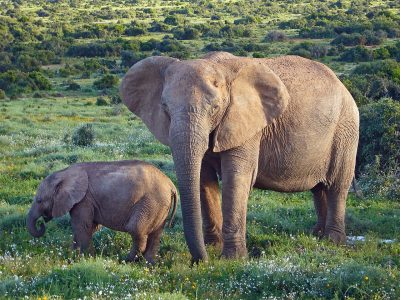
African Bush Elephant
Can drink up to 50 gallons a day

African Civet
Secretes up to 4g of musk every week!

African Clawed Frog
African clawed frogs were used as pregnancy testers from the 1930s to the early 1960s.
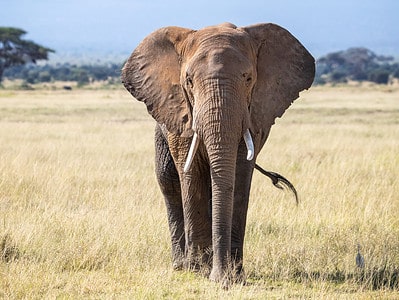
African Elephant
Both male and female African elephants have tusks. In Asian elephants, only the males have tusks.
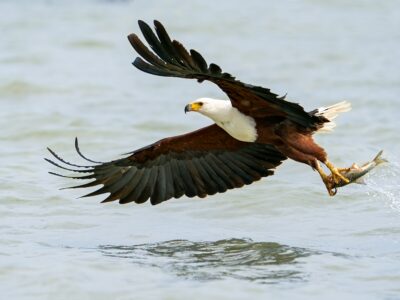
African Fish Eagle
African fish eagles belong to the genus of sea eagles

African Golden Cat
The first image of an African golden cat was captured in the wild in Gabon in 2002.

African Jacana
The males raise the young

African Palm Civet
Solitary but gathers in groups!

African Wild Dog
Also known as the painted dog!
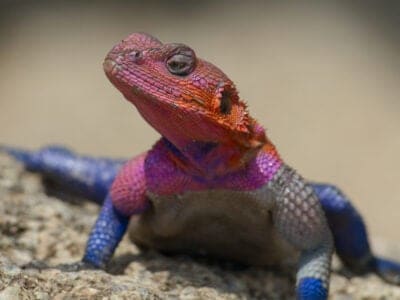
Agama Lizard
The agama forms small social groups that contain both dominant and subordinate males.
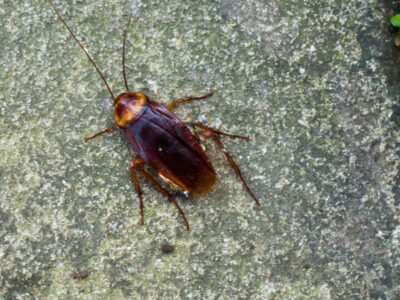
American Cockroach
Despite its name, actually originated from Africa and the Middle East

Ant
First evolved 100 million years ago!

Antelope
Renew their horns every year!

Armyworm
They are so named because they "march" in armies of worms from one crop to another in search of food
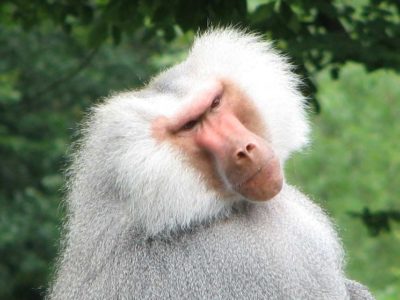
Baboon
Can travel more than four miles a day!

Banana Spider
People spin clothing and fishing nets out of these spiders’ silk.

Barb
There are over 1768 known species!

Barn Owl
Found everywhere around the world!

Barn Swallow
Older offspring help care for new hatchlings.

Bat
Detects prey using echolocation!
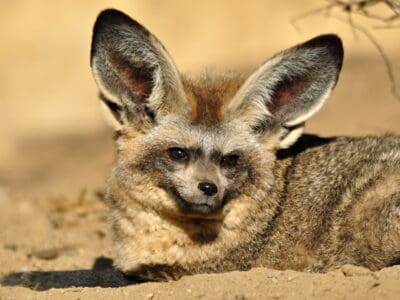
Bat-Eared Fox
Bat-eared foxes can run up to 35 MPH!

Bed Bugs
Bed bugs feed for 4-12 minutes.

Bee
Rock paintings of bees date back 15,000 years

Beetle
There are more than 350,000 different species

Beewolf wasp
They hunt bees

Bichir
The bichir species is more than 400 million years old

Bird
Not all birds are able to fly!

Biscuit Beetle
The biscuit beetle form a symbiotic relationship with yeast
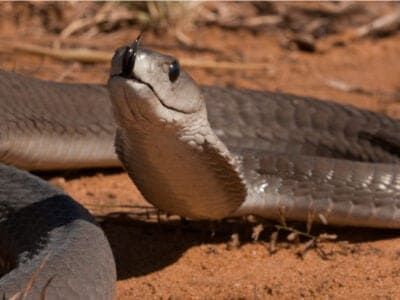
Black Mamba
Black mambas are the longest venomous snake in Africa, and second longest in the world.

Black Widow Spider
They typically prey on insects!
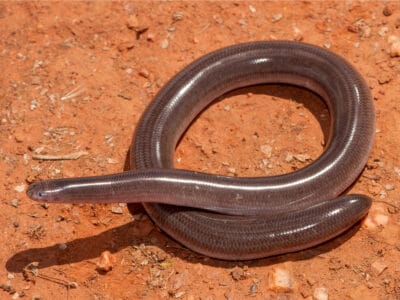
Blind Snake
The blind snake is often mistaken for a worm.
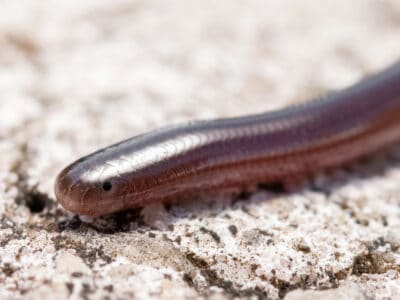
Brahminy Blindsnake
These snakes have been introduced to all continents, except Antarctica!

Brazilian Treehopper
“Mild-Mannered Minimonsters”
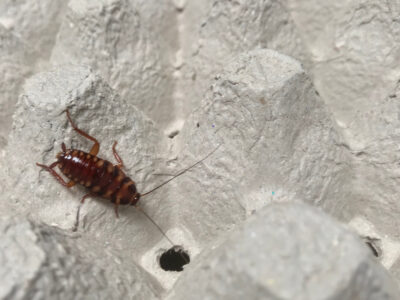
Brown-banded Cockroach
Females glue egg cases to furniture

Brown Dog Tick
Can live its entire life indoors

Buffalo
"They look like you owe them money."

Bumblebee
The most common species of bee!

Bush Baby
In a series of leaps, this creature can cover almost 30 feet of distance in just a few seconds.

Bush Viper
Bush vipers are predators, sinking their fangs into prey while dangling from a tree limb

Butterfly
There are thought to be up 17,500 species!

Caecilian
Some species' babies use their hooked or scraper-like teeth to peel off and eat their mother's skin

Caracal
Has 20 different muscles in it's ears!

Carpenter Ant
Carpenter ants can lift up to seven times their own weight with their teeth!

Cat
May have been domesticated up to 10,000 years ago.

Caterpillar
The larvae of a moth or butterfly!

Catfish
There are nearly 3,000 different species!

Centipede
There are about 3,000 documented species!
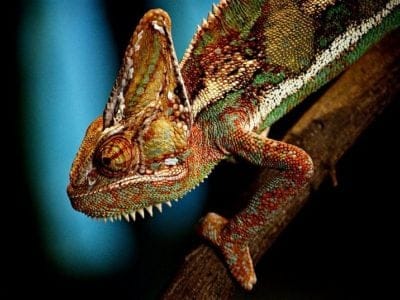
Chameleon
There are more than 160 different species!
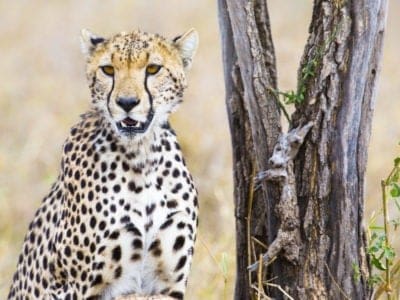
Cheetah
The fastest land mammal in the world!

Chicken
First domesticated more than 10,000 years ago!
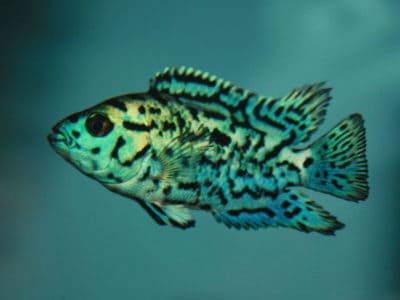
Cichlid
There are more than 2 000 known species!

Cockroach
Dated to be around 300 million years old!

Codling Moth
Pupae are able to undergo diapause to survive poor fruit yield years and winter.

Common Buzzard
The most common raptor in the UK!

Common Furniture Beetle
The common furniture beetle feeds exclusively on wood

Common House Spider
House spiders have the ability to eat most insects in a home.

Cormorant
They can fly 35 mph and dive 150 feet below water.
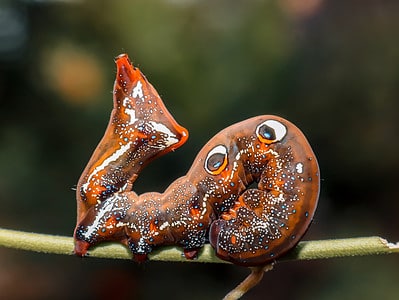
Cosmic Caterpillar
Cosmic caterpillars have spots on their back that look like eyes to scare off predators.

Cow
There are nearly 1.5 billion worldwide!

Crab
There are 93 different crab groups

Crab Spider
Crab Spiders can mimic ants or bird droppings

Crane
Many are critically endangered species!

Cricket
Male crickets can produce sounds by rubbing their wings together

Crocodile
Have changed little in 200 million years!

Crocodylomorph
Crocodylomorphs include extinct ancient species as well as 26 living species today.

Crow
A group of these birds is called a Murder.
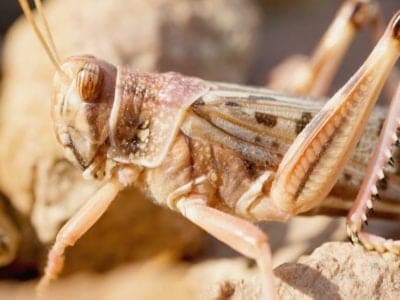
Desert Locust
Solitary locusts are grey while gregarious locusts are yellow with stripes.

Dog
First domesticated in South-East Asia!

Dog Tick
Dog ticks feed on dogs and other mammals

Donkey
First domesticated 5,000 years ago!

Dragonfly
It's larvae are carnivorous!

Duck
Rows of tiny plates line their teeth!

Dung Beetle
The dung beetle can push objects many times its own weight

Earthworm
They are hermaphrodites, which means they have male and female organs

Earwig
There are nearly 2,000 different species!
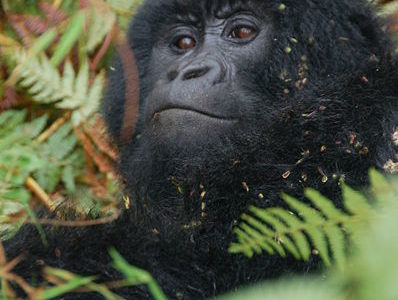
Eastern Gorilla
The largest primate in the world!

Eel
Eels can be a mere few inches long to 13 feet!
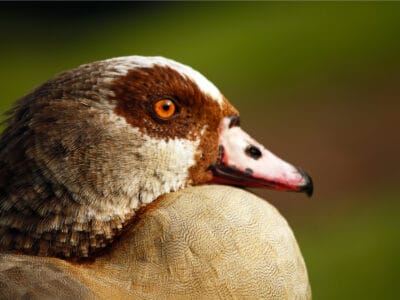
Egyptian Goose
A duck species that resembles a goose when flying
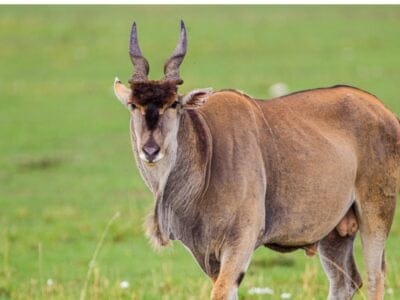
Eland
Both females and males have horns.
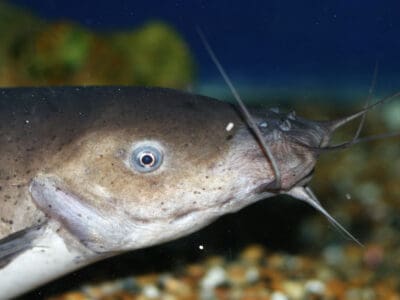
Electric Catfish
The electric catfish can discharge an electric shock up to 450 volts

Elephant
Spends around 22 hours a day eating!

Elephant Shrew
Found exclusively on the African continent!

Falcon
The fastest creatures on the planet!

False Widow Spider
False spiders actually prey on black widow spiders and other hazardous spiders

Fire Ball Python
The fire ball python morph is known for its rich golden and reddish-brown coloration.

Firefly
The firefly produces some of the most efficient light in the world
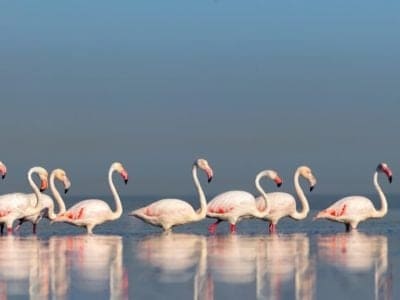
Flamingo
Sleeps on just one leg!

Flea
Adult fleas can jump up to 7 inches in the air

Fly
There are more than 240,000 different species!

Fox
Only 12 species are considered "true foxes"

Frog
There are around 7,000 different species!
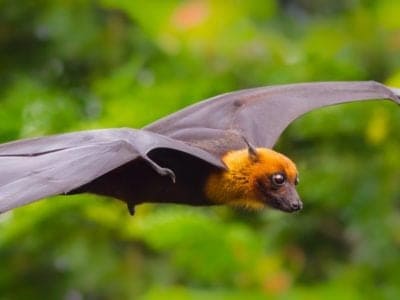
Fruit Bat
Among the largest bats in the world

Fruit Fly
Fruit flies are among the most common research animals in the world
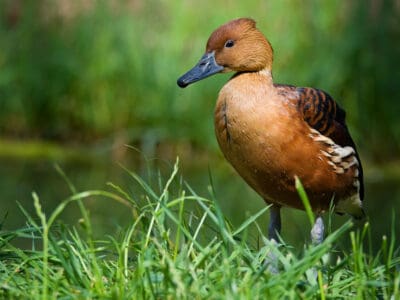
Fulvous Whistling Duck
They build a ramp from their nest, which leads to a nearby water source
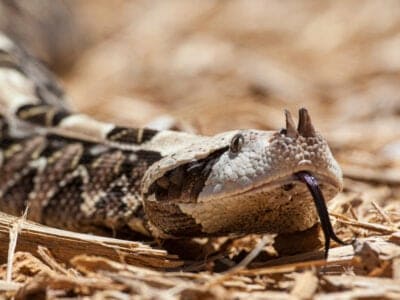
Gaboon Viper
Gaboon vipers are the largest vipers in Africa.
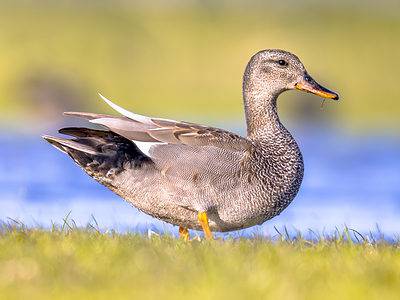
Gadwall
They make many sounds when trying to attract a mate.

Gazelle
Named for the Arabic word for love poems

Gecko
There are thought to be over 2,000 species!

Gerbil
Originally known as the Desert Rat!

German Cockroach
The most common type of urban roach
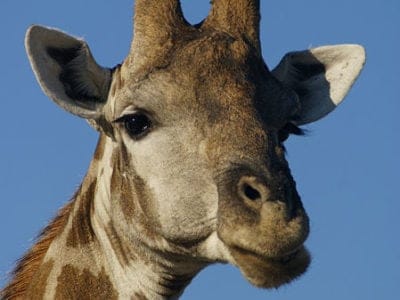
Giraffe
Long, black tongue can grow to 18 inches long!

Glass Lizard
Can grow up to 4ft long!

Glowworm
Found inhabiting dense woodland and caves!

Gnat
Males form large mating swarms at dusk

Goat
Most closely related to the Sheep!

Golden Oriole
Migrates between Europe and Asia!
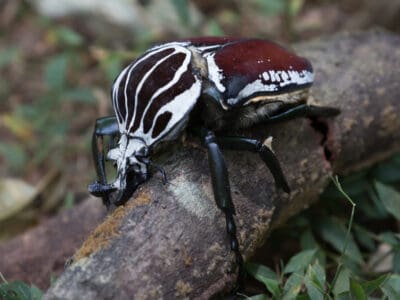
Goliath Beetle
Goliath beetles are the largest beetles in the world, and they can carry objects several times their weight.
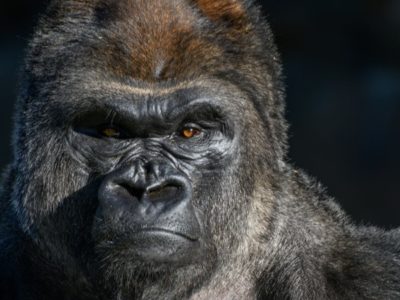
Gorilla
The biggest of the world's primates!

Grasshopper
There are 11,000 known species!

Green Bee-Eater
Mainly eats honeybees!
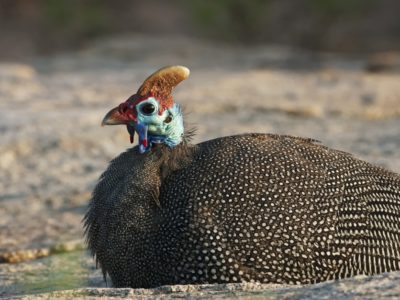
Guinea Fowl
Found in a vairety of African habitats!

Gypsy Moth
One of the most invasive species in the world

Hamster
Able to run as quickly backwards as forwards!

Hare
Can reach speeds of over 50 mph!

Hawk Moth Caterpillar
Many hawk moth caterpillars eat toxins from plants, but don’t sequester them the way milkweed butterflies do. Most toxins are excreted.

Hedgehog
Thought to be one of the oldest mammals on Earth!

Heron
Inhabits wetlands around the world!
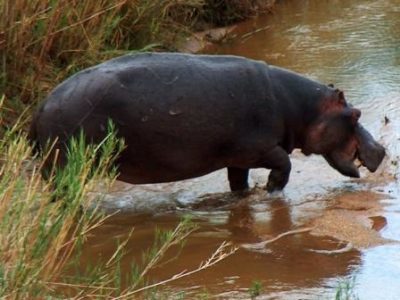
Hippopotamus
Has pink anti-bacterial sweat!
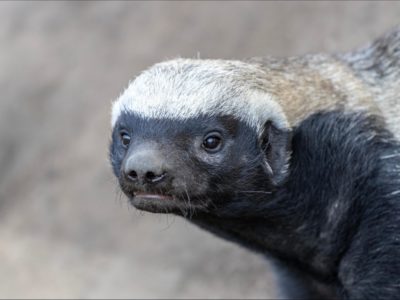
Honey Badger
One of earth's bravest creatures!

Honey Bee
There are only 8 recognized species!

Hoopoe
Stunning bird with a stinky way to deter predators!

Horse
Has evolved over 50 million years!

Horsefly
Horseflies have been seen performing Immelmann turns, much like fighter jets.

Housefly
The fly has no teeth

Human
Thought to have orignated 200,000 years ago!

Huntsman Spider
Some huntsman spiders have an interesting way of moving around. Some cartwheel while others do handsprings or backflips.
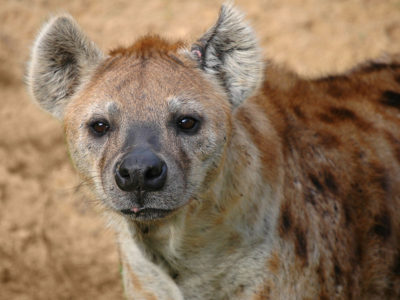
Hyena
There are four different species!

Ibis
Found in swamps, marshes and wetlands!

Impala
Able to jump over 10 feet high

Insects
There are an estimated 30 million species!

Jacana
The jacana has the ability to swim underwater
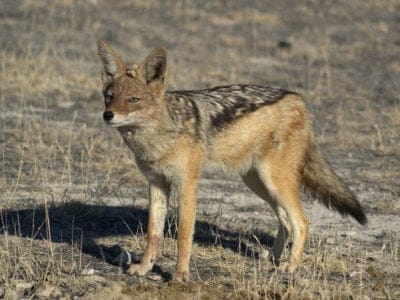
Jackal
Can maintain speeds of 16 km/h!

Jumping Spider
Some can jump 50 times the length of their bodies
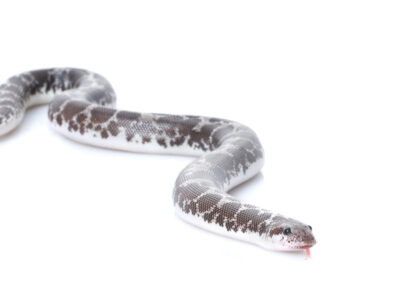
Kenyan Sand Boa
A popular pet snake that comes in dozens of morphs!

Kingfisher
Inhabits wetlands and woodlands worldwide!
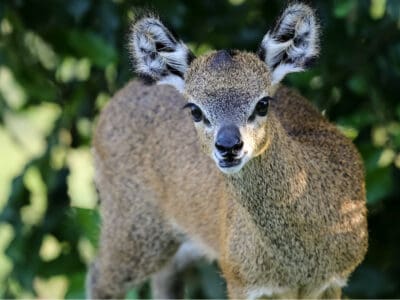
Klipspringer
Klipspringers can jump as high as 10-12ft!
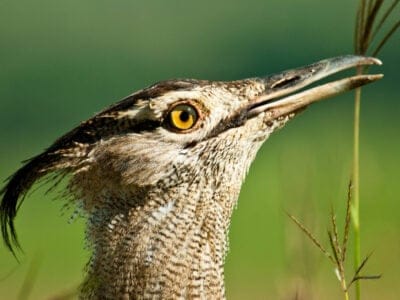
Kori Bustard
It's easily identified by its crest, large size, and wingspan
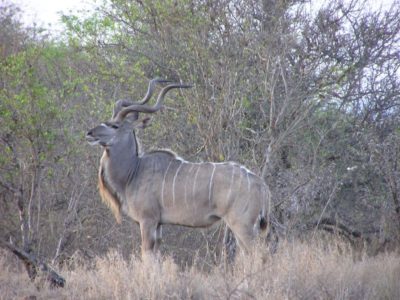
Kudu
Lives in herds of up to 24 individuals!

Ladybug
There are more than 5,000 species worldwide!

Lappet-faced Vulture
Lappet-faced vultures are tidy and wash their heads in a body of water after they’ve eaten

Leech
Has 10 pairs of eyes!
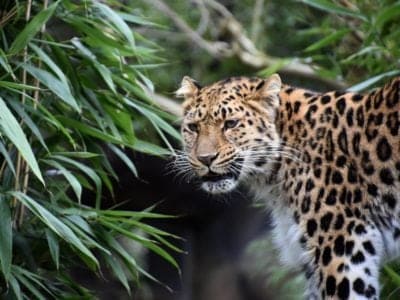
Leopard
Spends much of the time high in the trees!

Leopard Tortoise
The most widely distributed tortoise in Africa!

Lesser Jacana
The lesser jacana is nomadic, often moving in search of temporary wetland habitats.

Liger
The offspring of a lion and tiger parents!
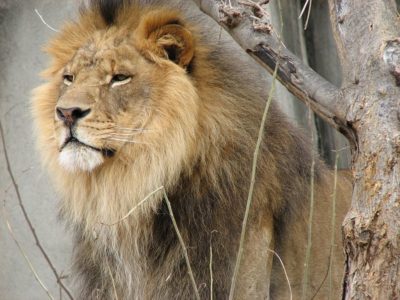
Lion
Lives in small groups called prides!

Lizard
There are around 5,000 different species!

Locust
Each locust can eat its weight in plants each day.

Maggot
Will only live in wet areas

Magpie
They are found across Europe, Asia and Africa!
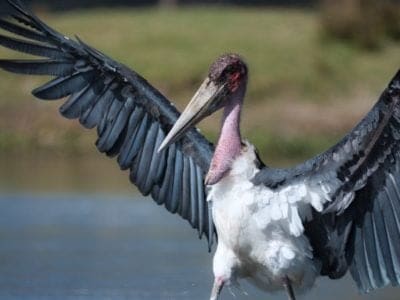
Marabou Stork
The marabou stork does not have a voice box.

Mayfly
There are 2,500 known species worldwide!

Mealybug
They have a symbiotic relationship with ants.

Millipede
Some species have a poisonous bite!

Mole
Primarily hunts and feeds on Earthworms!
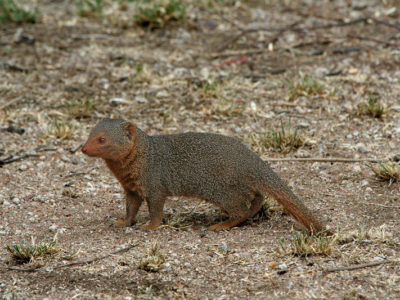
Mongoose
Range in size from just 1 to 3 foot!

Mongrel
Has characteristics of two or more breeds!

Monitor Lizard
Some species are thought to carry a weak venom!

Monkey
There are around 260 known species!

Moorhen
Feeds on aquatic insects and water-spiders!

Mosquito
Only the female mosquito actually sucks blood

Moth
There are 250,000 different species!
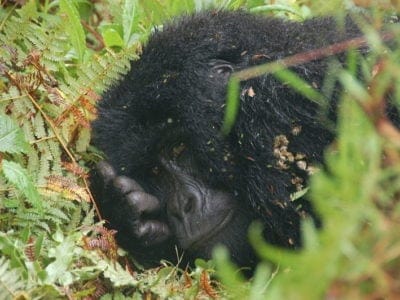
Mountain Gorilla
Isolated populations found in the mountains!

Mouse
Found on every continent on Earth!

Mule
The offspring of a horse and donkey parents!
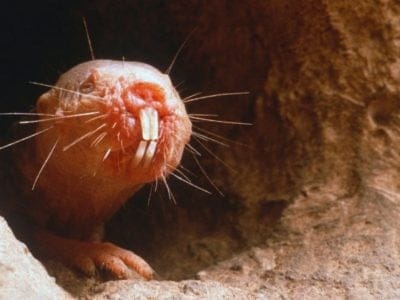
Naked Mole Rat
Naked mole rats don’t get cancer

Nematode
Nematodes range in size from 1/10 of an inch to 28 feet long

Nightingale
Named more than 1,000 years ago!
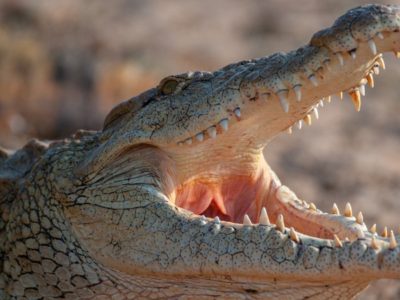
Nile Crocodile
Unlike other reptiles, the male Nile crocodile will stay with a female to guard their nest of eggs.
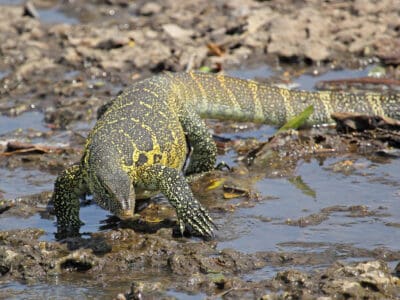
Nile Monitor
The Nile monitor is the world's fourth-largest lizard!
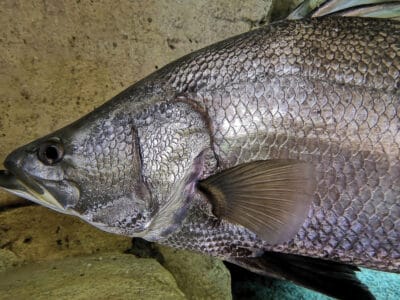
Nile Perch
Nile perch will sometimes eat those within its own species

No See Ums
There are more than 5,000 species.

Olive Baboon
Olive baboons will sometimes form strong friendships with each other

Orange Baboon Tarantula
Their nickname is "Orange Bitey Thing"!

Orb Weaver
Females are about four times the size of males

Ortolan Bunting
The tradition of hiding your face with a napkin or towel while eating this bird was begun by a priest who was a friend of the great French gastronome Jean Anthelme Brillat-Savarin.

Osprey
They reuse nesting sites for 70 years!

Otter
There are 13 different species worldwide

Owl
The owl can rotate its head some 270 degrees

Panda Pied Ball Python
The panda pied ball python morph is a combination of the piebald and black pastel traits.
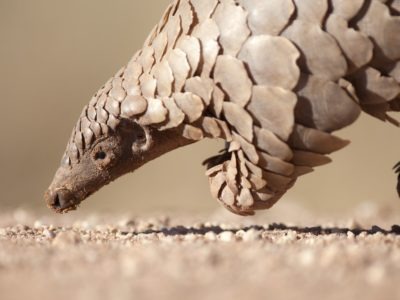
Pangolin
Bad eyesight, but great sense of smell
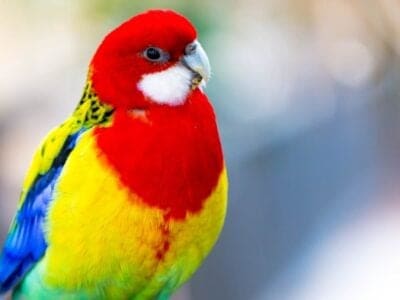
Parakeet
Monk parakeets are the only parakeets that actually build nests. They’re also the only parakeets to nest in great colonies.

Parrot
Can live for up to 100 years!

Peregrine Falcon
Fastest animal on Earth

Pheasant
Females lay between 8 and 12 eggs per clutch!

Pigeon
They can find their way back to their nests from up to 1300 miles away.

Praying Mantis
The mantis can turn its head 180 degrees.
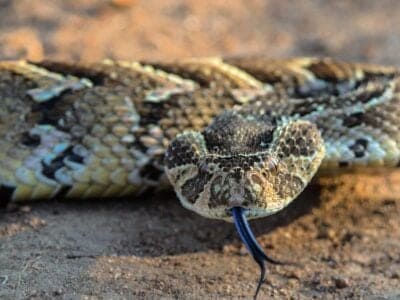
Puff Adder
This large snake is so-named because it will puff up its body to appear bigger than it is when directly threatened by a predator or person.

Quail
Inhabits woodland and forest areas worldwide!

Rabbit
There are more than 300 different species!

Rat
Omnivores that eat anything!
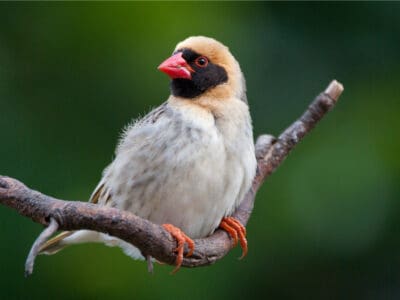
Red-Billed Quelea Bird
Is the most populous bird in the world
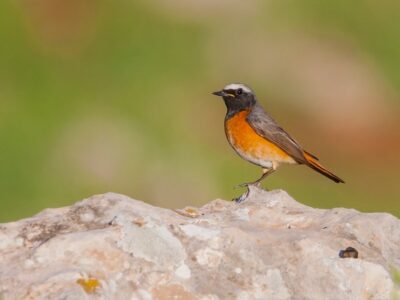
Redstart
They build their nests off the ground in tree holes, cavities, stone walls, and roofs

Rhinoceros
It's horns are made from keratin!

River Turtle
Inhabits freshwater habitats around the world!

Robin
There are more than 45 species in Australia alone!

Rodents
The capybara, the world’s largest rodent, likes to be in and around bodies of water. Because of this, the Catholic Church in South America decided that it was a fish, and people were allowed to eat it during Lent and First Fridays.

Rooster
Will mate with the entire flock!

Sable Ferret
Ferrets were used during the Revolutionary War to keep down the rat population.
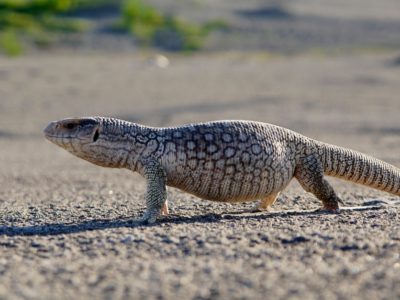
Savannah Monitor
Savannah monitors are one of the most popular lizards in captivity.

Scorpion
There are around 2,000 known species!

Sea Eagle
The sea eagle tends to mate for life with a single partner

Seahorse
Males give birth to up to 1,000 offspring!

Serval
Can leap more than 1 meter into the air!

Sheep
Around 35 million in the English countryside!
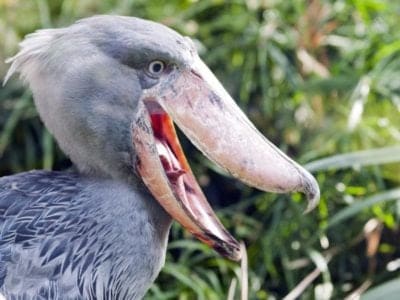
Shoebill Stork
Adults greet each other by clattering their bills together.

Short-Eared Owl
The short-eared owl is one of the most widespread owl species in the world, covering five continents.

Shrew
The spinal column of the shrew Scutisorex somereni is so strong and reinforced that it can support the weight of an adult human.

Shrimp
There are 2,000 different species worldwide!

Sivatherium
Sivatherium was a large giraffid and also one of the largest ruminants of all-time.

Skink Lizard
Some skinks lay eggs in some habitats while giving birth to skinklets in other habitats.

Slug
They glide around on one foot, which is aided by the slime they produce

Smokybrown Cockroach
Has up to 45 eggs per egg case

Snail
There are nearly 1,000 different species!

Snake
There are around 4,000 known species worldwide

Sparrow
There are 140 different species!

Spider Wasp
They prey on spiders to feed their larvae or they parasitize other spider wasps.

Spiny bush viper
These shaggy snakes are only 2 feet long and mostly arboreal.
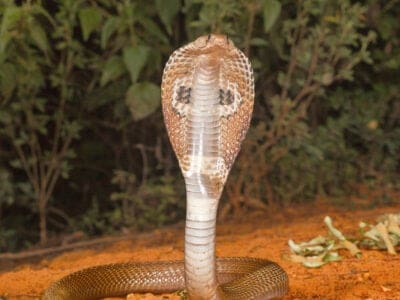
Spitting Cobra
Spitting cobras are types of cobras that can spit venom at predators and prey.

Squirrel
Small rodents found in woodlands worldwide!

Stick Insect
There are more than 3,000 different species!
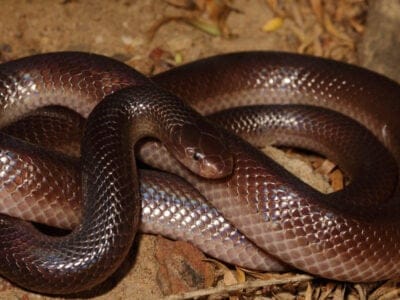
Stiletto Snake
Because of their unique venom delivery system, stiletto snakes are almost impossible to hold safely in the usual way (with fingers behind the head) without being bitten.

Stork
They can’t sing like other birds.
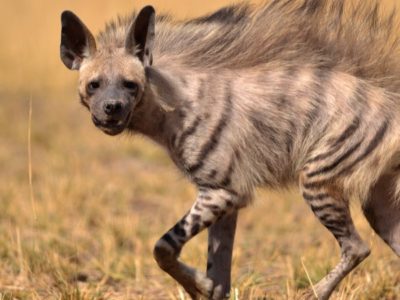
Striped Hyena
The striped hyenas usually mark their territories with the help of the scent gland secretions from their anal pouch.

Swan
Populations have been affected by pollution!

Tarantula Hawk
Tarantula hawks are excellent pollinators, especially for milkweed.

Termite
Their mounds can be up to 9 meters tall!

Thrush
The American robin is called the robin because its red breast reminded European settlers of the robin back in the old country.

Tick
They inject hosts with a chemical that stops them from feeling the pain of the bite

Tiger Beetle
The adult tiger beetle is one of the fastest land insects in the world

Tortoise
Can live until they are more than 150 years old!

Tree Cricket
They make music with their wings

Tree Frog
Found in warmer jungles and forests!
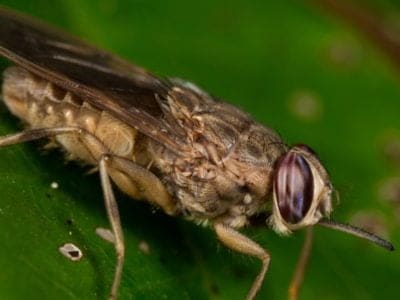
Tsetse Fly
Tsetse flies are large biting flies that live in the tropical regions of Africa.
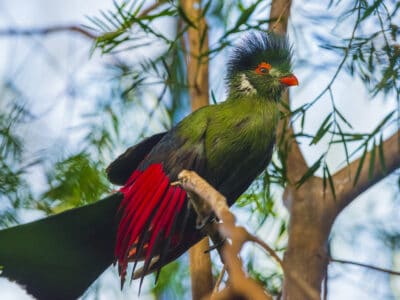
Turaco
Their name means “banana-eater,” but they rarely ever eat bananas.

Turtles
Some species of aquatic turtles can get up to 70 percent of their oxygen through their butt.

Vinegaroon
Vinegaroons can spray 19 times before the glands are depleted

Viper
Vipers are one of the most widespread groups of snakes and inhabit most

Vulture
There are 30 different species worldwide!
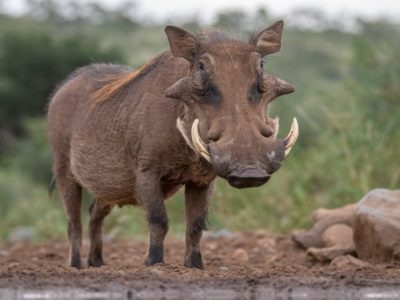
Warthog
Has two sets of tusks on it's face!

Wasp
There are around 75,000 recognised species!

Water Buffalo
Has been domesticated for thousands of years!

Welsh Black Cattle
Welsh Black Cattle were once used as currency in Wales and referred to as “black gold”.

White Ferret / Albino Ferrets
There are two different types of white ferrets!
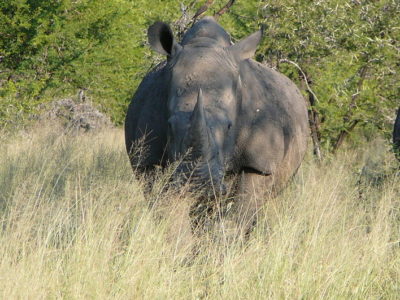
White Rhinoceros
The second largest animal on the land!

Wolf Spider
Carnivorous arachnid that hunts its prey.

Woodlouse
This animal can roll up into a ball

Woodpecker
There are 200 different species!

Worm
Doesn’t have eyes.

Wryneck
They feign death by making their bodies limp and closing their eyes.
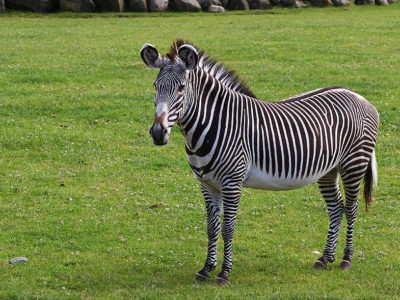
Zebra
Stripe patterns are unique to each individual!
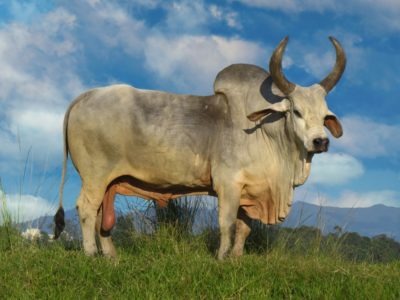
Zebu
There are around 75 different species!
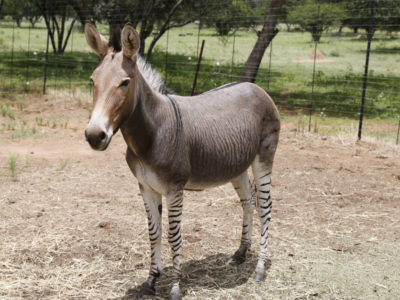
Zonkey
The offspring of Zebra and Donkey parents!
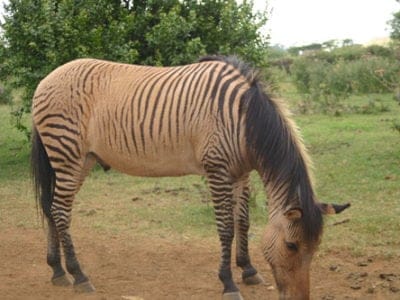
Zorse
The offspring of a Zebra and Horse parents!
Ugandan Animals List
- Aardvark
- Aardwolf
- Abyssinian
- African Bush Elephant
- African Civet
- African Clawed Frog
- African Elephant
- African Fish Eagle
- African Golden Cat
- African Jacana
- African Palm Civet
- African Wild Dog
- Agama Lizard
- American Cockroach
- Ant
- Antelope
- Armyworm
- Baboon
- Banana Ball Python
- Banana Spider
- Barb
- Barn Owl
- Barn Swallow
- Bat
- Bat-Eared Fox
- Bed Bugs
- Bee
- Beetle
- Beewolf wasp
- Bichir
- Bird
- Biscuit Beetle
- Black Mamba
- Black Widow Spider
- Blind Snake
- Brahminy Blindsnake
- Brazilian Treehopper
- Brown-banded Cockroach
- Brown Dog Tick
- Buffalo
- Bumblebee
- Bush Baby
- Bush Viper
- Butterfly
- Caecilian
- Caracal
- Carpenter Ant
- Cat
- Caterpillar
- Catfish
- Centipede
- Chameleon
- Cheetah
- Chicken
- Cichlid
- Cockroach
- Codling Moth
- Common Buzzard
- Common Furniture Beetle
- Common House Spider
- Cormorant
- Cosmic Caterpillar
- Cow
- Crab
- Crab Spider
- Crane
- Cricket
- Crocodile
- Crocodylomorph
- Crow
- Cuckoo
- Desert Locust
- Dog
- Dog Tick
- Donkey
- Dormouse
- Dragonfly
- Duck
- Dung Beetle
- Earthworm
- Earwig
- Eastern Gorilla
- Eel
- Egyptian Goose
- Eland
- Electric Catfish
- Elephant
- Elephant Shrew
- Falcon
- False Widow Spider
- Fire Ball Python
- Firefly
- Flamingo
- Flea
- Fly
- Fox
- Frog
- Fruit Bat
- Fruit Fly
- Fulvous Whistling Duck
- Gaboon Viper
- Gadwall
- Gazelle
- Gecko
- Gerbil
- German Cockroach
- Giraffe
- Glass Lizard
- Glowworm
- Gnat
- Goat
- Golden Oriole
- Goliath Beetle
- Gorilla
- Grasshopper
- Green Bee-Eater
- Guinea Fowl
- Gypsy Moth
- Hamster
- Hare
- Hawk Moth Caterpillar
- Hedgehog
- Heron
- Hippopotamus
- Honey Badger
- Honey Bee
- Hoopoe
- Horse
- Horsefly
- Housefly
- Human
- Huntsman Spider
- Hyena
- Ibis
- Impala
- Insects
- Jacana
- Jackal
- Jumping Spider
- Kenyan Sand Boa
- Kingfisher
- Klipspringer
- Kori Bustard
- Kudu
- Ladybug
- Lappet-faced Vulture
- Leech
- Leopard
- Leopard Tortoise
- Lesser Jacana
- Liger
- Lion
- Lizard
- Locust
- Maggot
- Magpie
- Marabou Stork
- Mayfly
- Mealybug
- Millipede
- Mole
- Mongoose
- Mongrel
- Monitor Lizard
- Monkey
- Moorhen
- Mosquito
- Moth
- Mountain Gorilla
- Mouse
- Mule
- Naked Mole Rat
- Nematode
- Nightingale
- Nile Crocodile
- Nile Monitor
- Nile Perch
- No See Ums
- Olive Baboon
- Orange Baboon Tarantula
- Orb Weaver
- Ortolan Bunting
- Osprey
- Otter
- Owl
- Panda Pied Ball Python
- Pangolin
- Parakeet
- Parrot
- Peregrine Falcon
- Pheasant
- Pigeon
- Praying Mantis
- Puff Adder
- Quail
- Rabbit
- Rat
- Red-Billed Quelea Bird
- Redstart
- Rhinoceros
- River Turtle
- Robin
- Rodents
- Rooster
- Sable Ferret
- Savannah Monitor
- Scorpion
- Sea Eagle
- Seahorse
- Serval
- Sheep
- Shoebill Stork
- Short-Eared Owl
- Shrew
- Shrimp
- Sivatherium
- Skink Lizard
- Slug
- Smokybrown Cockroach
- Snail
- Snake
- Sparrow
- Spider Wasp
- Spiny bush viper
- Spitting Cobra
- Squirrel
- Stick Insect
- Stiletto Snake
- Stork
- Striped Hyena
- Swallowtail Butterfly
- Swan
- Tarantula Hawk
- Termite
- Thrush
- Tick
- Tiger Beetle
- Tortoise
- Tree Cricket
- Tree Frog
- Tsetse Fly
- Turaco
- Turtles
- Vinegaroon
- Viper
- Vulture
- Warthog
- Wasp
- Water Buffalo
- Welsh Black Cattle
- White Ferret / Albino Ferrets
- White Rhinoceros
- Wolf Spider
- Woodlouse
- Woodpecker
- Worm
- Wryneck
- Zebra
- Zebu
- Zonkey
- Zorse
Animals in Uganda FAQs (Frequently Asked Questions)
What animals live in Uganda?
Uganda is known around the world as a country with a wide variety of unique wild animals. It is home to reptiles, amphibians, mammals, birds, and fish.
What is Uganda’s national animal?
Uganda’s national animal is the Crested Crane. Unfortunately, this majestic bird is also classified as endangered by the International Union for Conservation of Nature and Natural Resources Red List of Threatened Species (IUCN). Thankfully, steps are being taken to protect this bird to keep it from going extinct.
What is the biggest animal in Uganda?
The biggest animal in Uganda is the adult African elephant. This elephant can be 13 feet tall and weigh up to seven tons. So, getting in front of one of these massive animals is always a dangerous proposition!
Are there tigers in Uganda?
Tigers are not native to Uganda or Africa as a whole. Tigers are known to live in different regions of Asia. However, there are captive tigers in the Uganda Wildlife Education Center.



